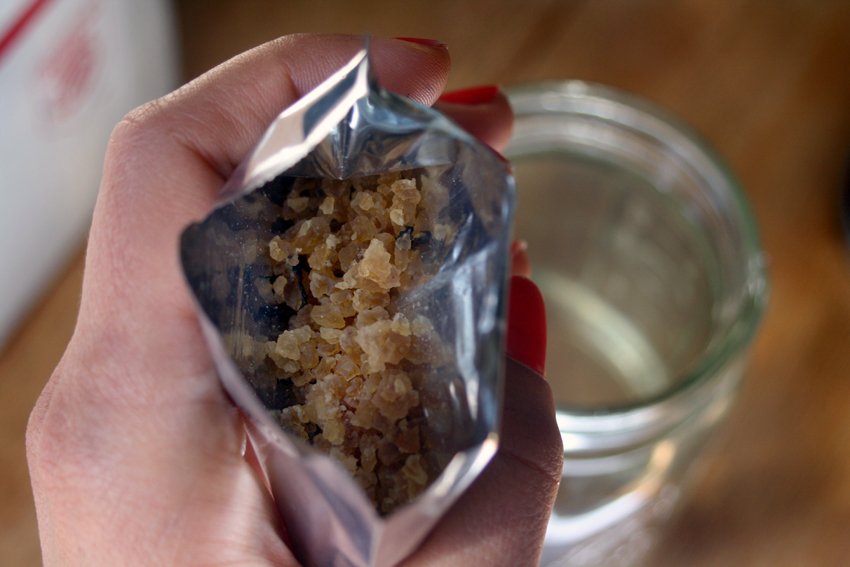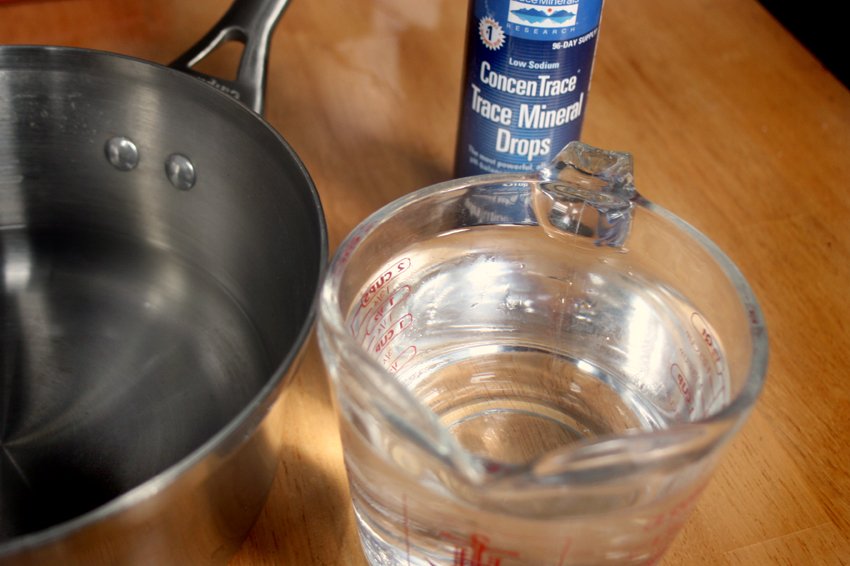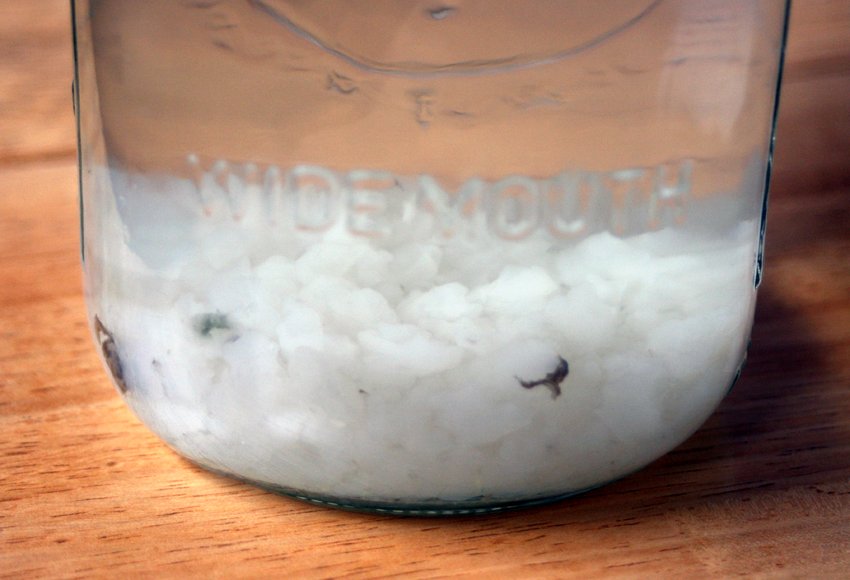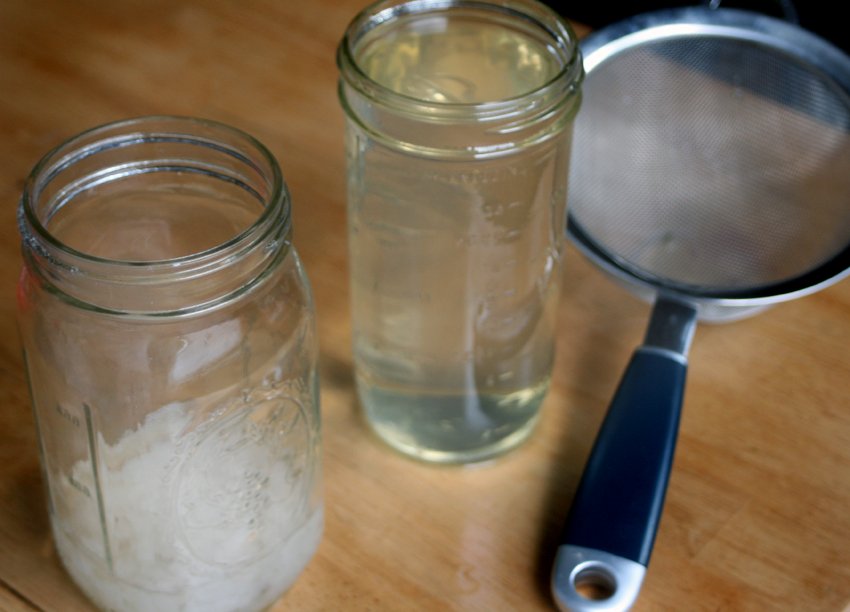Fermented beverages are just incredible. Brimming with healthy bacteria, vitamins and enzymes, there are few things that are quite so tonifying and healing to the gut as a good cup of kombucha or kvass. When it comes to these tangy elixirs, many people find that with each effervescent sip left sparkling on the tongue, they feel both refreshed and satisfied. Yet, there are those who find the exotic taste and bold character of fermented drinks to be disagreeable at best. For these individuals, a lighter, smoother homemade water kefir may offer just the right balance of taste and health benefits.
What is Water Kefir?
Water kefir is a fermented beverage traditionally made by culturing sweetened water with friendly strains of bacteria and yeast. Similar to the process that occurs in yogurt or kombucha, the specific colonies of bacteria introduced to the sweetened water metabolize dissolved sugar, leaving behind beneficial microorganisms, B vitamins and enzymes. The result is a pleasantly bubbly and ever-so-slightly soured beverage full of beneficial bacteria. You could call it a tasty, inexpensive, homemade probiotic.
The microorganism cultures used to make water kefir are referred to as kefir grains. Although they are not derived from wheat or any other type of grain, the bacteria colonies cling together to form a shape that greatly resembles something you might pluck off a wheat stalk. You might also hear people refer to these little nuggets of bacteria as kefir SCOBYs, which is simply an acronym for Symbiotic Colony of Bacteria and Yeast.
When properly sourced, water kefir grains contain about 57 different strains of probiotics and healthy yeasts. It is important to note that the yeasts in kefir grains will NOT contribute to candida and other yeast infections in the body. They are instead a beneficial, detoxifying variety that compliments the action of the probiotic bacteria.
Unless you have a friend that brews regularly with water kefir grains, the best way to get your hands on a starter kefir SCOBY is to either get in contact with a Weston A Price Chapter Leader or purchase them from a reputable online source. I recently got these from Wise Choice Market and thought I would show you how to use them!
Many people are familiar with milk kefir- an easy to tolerate fermented dairy product that is similar to drinkable yogurt in consistency. Although it is also delicious, it is important not to swap types of kefir grains between the two. Milk kefir and water kefir grains are slightly different based on the types of cultures incorporated and how they adapt to ferment the lactose (milk sugar) vs. sucrose.
Simple Homemade Water Kefir
Equipment
quart glass jar
small stovetop pan
Ingredients
organic cane sugar, rapadura or sucanant
mineral drops (like Anderson's Mineral Drops or Concentrace Ionic Minerals)
Note about water: As the base of your beverage, the quality of your water is key in creating the most wholesome results. Purified water is ideal, so as to prevent the kefir grains from exposure to toxins and impurities in tap water. Many of the chemicals in tap water, especially chlorine, in tap water will impeded with the fermentation process, so it is best if they are removed prior to beginning. However, it also so happens that kefir grains thrive on minerals. Thus, especially if you have a filter which removes or reduces minerals, it is important to add a balanced assortment back in. A great way to do this is to use a naturally harvested mineral solution such as Anderson’s Mineral Drops or ConcenTrace Ionic Minerals. You can check out the Water Resource Center if you want to research a bit more about what's in your water.
Rehydrating Your Grains

If you order kefir grains via the wonders of the internet, they will come specially dehydrated to preserve the integrity of the cultures during shipping. Before they become fully active, you will have to rehydrate them by following steps 1-3 and allowing to sit covered for 3-4 days. After this, you can use them to brew up your first official batch of water kefir.
1. Make Sugar Water

Dissolve 4-6 tablespoons of sugar into 4 cups of filtered water (you will have to heat the water to allow the sugar to dissolve completely). Wait for it to cool to room temperature. Add 1/2 to 1 teaspoon mineral drops.
2. Add Water Kefir Grains and cover

Once your solution has cooled enough, transfer into a quart sized glass jar. You can sprinkle in kefir grains. They will likely sink to the bottom of the water. Cover the top of the jar with a coffee filter, cheesecloth or towel and secure with a rubberband. This will keep out flies and other debris as your drink ferments.
3. Wait

Set the jar on the counter and allow to sit for 24-48 hrs, allowing the cultures to do their work. After 24 hrs, about 20% of the sugar will remain and the beverage will remain very sweet. For a slightly more tangy version, leave out for a bit longer. Do not allow the kefir grains to soak for more than 72 hrs.
4. Strain

Once the kefir has cultured for the desired amount of time, strain of the liquid and transfer into a separate container. If you prefer a sparkling variation, transfer cultured water into flip cap or otherwise tightly sealed jar and let sit for another day or so to build carbonation.
*Note: A fine plastic strainer is best, however in a pinch (as was the case in the photos above) you can use stainless steel. Try to avoid other metals.
5. Enjoy & Repeat

Savor plain or create your own delicious flavor combinations if desired. Add 1/4 cup fresh squeezed lemon juice to the water for an effervescent "lemonade" or drop in some dried fruit like goji berries or figs for a hint of sweet. Place your grains immediately back into another jug of sugar water and repeat the process all over again to make a fresh batch. You can follow this same recipe to make coconut water kefir.
If you need to go away or take a break for any period of time, simply place the grains in sugar water and put in the refrigerator. The cool temps will slow the fermentation process and allow them to stay dormant for a few weeks at a time unharmed.
